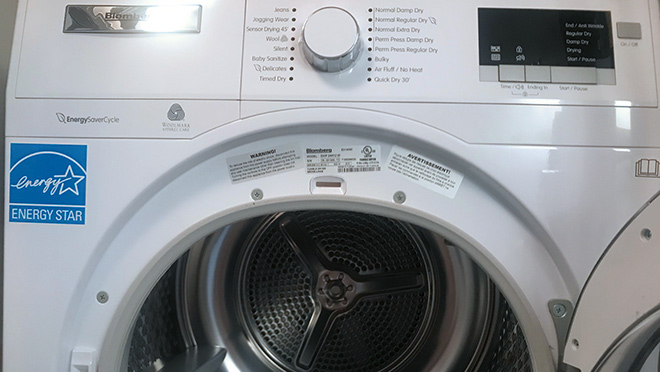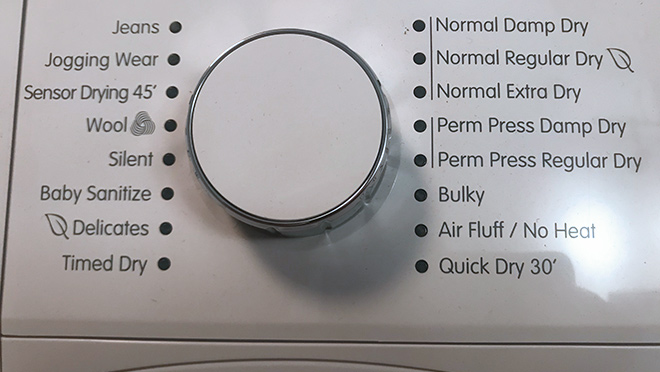Will a ventless heat pump dryer work for you?

Big in Europe, heat pump dryers offer efficiency, small-space practicality
Rob Klovance
For bchydro.com
So many of our technology choices hinge on either cost or time-saving that we can ignore some excellent options that can solve other challenges.
Electric clothes dryers are a perfect example. There are a number of inexpensive options out there, including many that do a fantastic job of drying clothes quickly. But what can be lost along the way is energy efficiency, operating cost, and practicality. Did you know that an older model dryer, used an average of one hour per day over a year, can add up to more than $150 in electricity costs?
Enter the ventless heat pump dryer, a fringe player in North America but the norm in Europe, where the ability to install a dryer that doesn't require exterior venting, and which can cut electricity in costs in half, makes sense for most people. It can also be much kinder to your clothes. How many times have you forgotten to take that cotton shirt out of the dryer, then discovered that it's now too small to wear?
There are pros and cons to ventless dryers, so they're not for everyone. But as it turns out, a ventless model was an ideal solution for a renovation in our home.

We moved the laundry downstairs, and went ventless
Space is everything in our Vancouver townhome, and the layout of our main floor kitchen, which butted up against a closet housing a stacked washer and dryer, made no sense. So we ditched the closet, doubled our kitchen counter and storage space, and took the laundry downstairs.
We were working with a tight space, a small entry level closet that housed jackets, hats, and shoes. On the advice of our contractor, we opted for an ENERGY STAR®-rated Blomberg laundry pair that included a 4.1 cu-ft ventless heat pump dryer. And with a few adjustments in the way we do laundry, it has worked extremely well.
There's a bit of a learning curve in using the Blomberg, which pretty much delivers on the ENERGY STAR-approved promise of using 50% less electricity than regular dryers. It really helps to be able to use the various fabric-specific drying options effectively, and you have to be diligent about removing lint from two filters: one in the dryer drum, and the other on the air intake for the heat pump.
Once that's figured out, the dryer is a dream. While it takes longer to dry laundry, it's easy on the clothes and is quiet. We use the damp dry setting regularly to allow us to pull out cotton clothing before it's fully dry and place on a drying rack. We then switch it to full dry mode for socks, underwear, and less sensitive fabrics.
Things we like about the dryer:
- It's quiet, barely audible from a floor above.
- When we installed the laundry combo, there was no need to add venting to the building exterior.
- A wide variety of settings allow us to optimize loads by item type.
- We've cut our laundry drying costs significantly. There's hardly a blip on our MyHydro hourly tracking of energy use when we're doing the laundry.
- It's one of the most efficient dryers available.
The cons:
- Going ventless will cost you, roughly twice that of popular regular electric dryers such as the Samsung 4.0 cu. ft. compact dryer
- Completely drying towels and bedding can take much longer than with leading vented dryers.
- It's vitally important to remove and clean the two dryer filters regularly. The dryer stops its cycle and warns you if you don't.
Related: